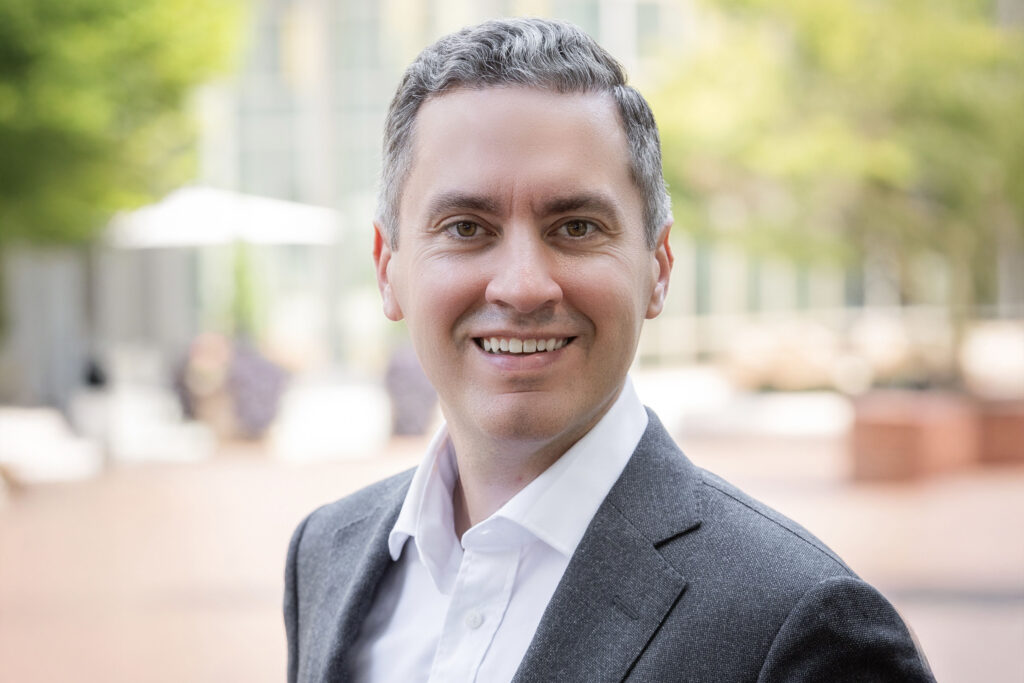EY has announced a global launch of EY Nexus for the financial services (FS) industry.
The new solution comes after the consulting giant declared combined global revenues of $45.4bn for the financial year ending June 2022, and forms part of a three-year, $10bn investment plan in technology, strategy and people. Now live, EY Nexus has been implemented in more than 40 FS companies across six countries.
The cloud-based platform is intended to deliver rapid outcomes for legacy firms and leverages the knowledge of 60,000 EY technologists globally, as well as the support of 14 delivery centers for highly regulated industries, and five cloud innovation labs. The FS solution will form part of the extensive EY network of more than 60 products and 55 industry alliances that serve 180 countries.
EY representatives claim the Nexus launch paves the way for banks, insurers, and wealth and asset managers to build for growth and self-disrupt in an age where data talks and radical change is emerging outside of the industry.
David Connolly, EY global insurance technology leader, said, “The industry is at an inflection point, with embedded finance leading the charge. EY Nexus is a solution that can tuck into every corner of the industry, with the ability to build a new bank or insurance company outside of an organization’s legacy systems at incredible speed. EY teams are beating the drum for clients who are recognizing that the sheer volume of data collected from every touchpoint of our lives is reshaping the way we do business.”
David Deane, EY Americas consulting digital leader, said, “Financial services organizations are grappling with varied strategic priorities – their net zero targets; increasing customer expectations, particularly after the global pandemic; how they respond to new entrants in the market; and emerging technology.
“Responding to the immediate needs of the customer is not enough in today’s rapidly changing environment,” Deane continued, “as the trust gap between consumers and financial institutions widens, banks, insurers and wealth and asset managers have a vital role to play, and this starts with human-first technology.”




